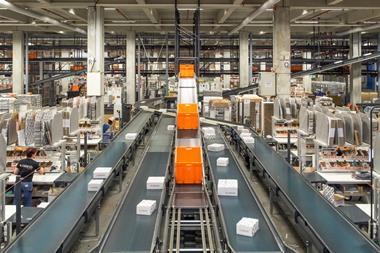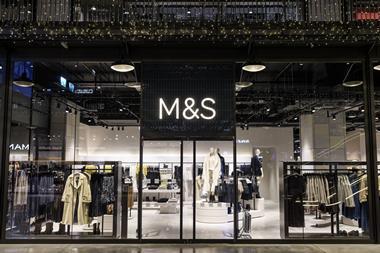As the international multichannel market continues to experience rapid growth, it is crucial for supply chain operations to innovate.
As the international multichannel market continues to experience rapid growth, it is crucial for supply chain operations to innovate and complement new service and product offers.
Fashion retailing is at the forefront of the digital revolution. Having emerged from a period of unprecedented global economic uncertainty, the clothing and accessories market is looking forward to a period of sustained growth with an overall CAGR of 19% and online CAGR of 41% (2012-2017).
A key area for this growth is international multichannel. Digital is shrinking the world and forcing supply chains to operate without borders. Current volumes for non-UK postcodes are already 17% of the total online and are forecast to double by 2018. Asos is already at 35%.
International multichannel amplifies the challenges of domestic digital retailing, requiring cross-border expertise combined with local market knowledge to tackle very practical issues such as returns, address systems, payment methods and differing attitudes to collection points.
Responding to this demand, big investments are being made in global parcel infrastructures and domestic mail systems are being modernised and integrated. Key partnerships in new territories are a proven route to fast track the learning curve, and multi-user networks are a cost-efficient way of entering a market where the initial hard yards of in-country brand development can be online.
We have seen this trend in our own business and are working hard to support our customers in the UK and across Europe to grow and expand internationally. As logistics provider for Tom Tailor – the German lifestyle clothing brand selling retail, wholesale and via online shops in 21 countries – DHL has built a new state-of-the-art international facility in Hamburg, Germany to facilitate international distribution.
New technologies, such as telescopic conveyors with vacuum tube lifters to facilitate the ergonomic unloading of boxes, automation in dispatch and modern packing machines, mean that the new facility is set to grow annual volumes from 40 million units in 2013 to 100 million by 2020. With online sales growing and its stationery distribution network spreading, ecommerce and store channels are becoming increasingly integrated.
This European growth has also seen increased demand for Control Tower systems to manage the increasingly complex road transport flows, moving product and equipment between countries and operating locations. And importantly, there is a growing demand for the best international talent to navigate these challenges.
As the international multichannel market continues to experience rapid growth, it is crucial for supply chain operations to innovate and complement new service and product offers. Whilst this can be challenging, a robust, transparent supply chain can deliver a great consumer shopping experience.
- Jonathan Pilbro is vice-president for fashion and beauty, DHL


























No comments yet